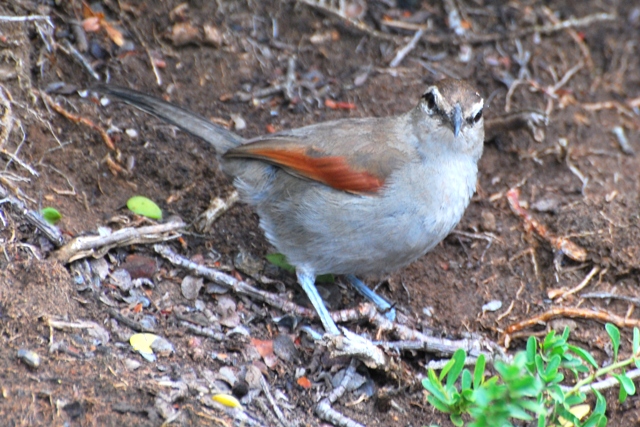Orange-breasted Bushshrike
Posted: Fri Mar 14, 2014 4:24 pm
748. Orange-breasted Bushshrike Chlorophoneus sulfureopectus, Telophorus sulfureopectus (Oranjeborsboslaksman)
Order: Passeriformes. Family: Malaconotidae
Description
Size 16-18 cm. Olive back with yellow belly. Bright orange breast-band. Black mask with conspicuous yellow forehead and supercilium. Grey cap extending down the nape. Female is duller than male.
Distribution
Many areas of Sub-Saharan Africa, excluding much of the western Coast and the DRC. In southern Africa it is fairly common across Zimbabwe, Mozambique, parts of Botswana and the Caprivi Strip, extending into Swaziland, the Kruger National Park, Mpumalanga, KwaZulu-Natal and the Eastern Cape.
Habitat
Thornveld and riverine forests, avoiding evergreen forest.
Diet
Mainly eats insects, doing most of its foraging in the canopy of trees, gleaning insects from leaves and branches.
Breeding
Both sexes construct the nest, which is an untidy, shallow cup built of fine twigs, rootlets, leaf petioles and grass. It is usually placed on a horizontal branch or fork of a thorny tree, but also in tangles of creepers. Egg-laying season peaks from October-December. 1-3 eggs are laid, which are incubated by both sexes for about 13-14 days.
Call
Repetitive, with variable fast phrases such as kew-tee-tee-tee and what-to-to-dooo. Listen to Bird Call.
Status
Common resident.
Order: Passeriformes. Family: Malaconotidae
Description
Size 16-18 cm. Olive back with yellow belly. Bright orange breast-band. Black mask with conspicuous yellow forehead and supercilium. Grey cap extending down the nape. Female is duller than male.
Distribution
Many areas of Sub-Saharan Africa, excluding much of the western Coast and the DRC. In southern Africa it is fairly common across Zimbabwe, Mozambique, parts of Botswana and the Caprivi Strip, extending into Swaziland, the Kruger National Park, Mpumalanga, KwaZulu-Natal and the Eastern Cape.
Habitat
Thornveld and riverine forests, avoiding evergreen forest.
Diet
Mainly eats insects, doing most of its foraging in the canopy of trees, gleaning insects from leaves and branches.
Breeding
Both sexes construct the nest, which is an untidy, shallow cup built of fine twigs, rootlets, leaf petioles and grass. It is usually placed on a horizontal branch or fork of a thorny tree, but also in tangles of creepers. Egg-laying season peaks from October-December. 1-3 eggs are laid, which are incubated by both sexes for about 13-14 days.
Call
Repetitive, with variable fast phrases such as kew-tee-tee-tee and what-to-to-dooo. Listen to Bird Call.
Status
Common resident.
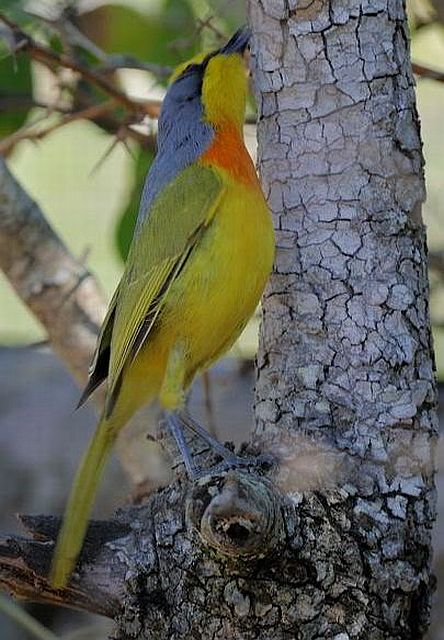
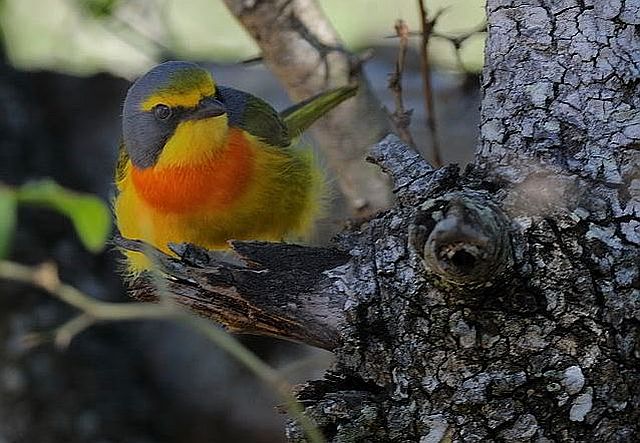
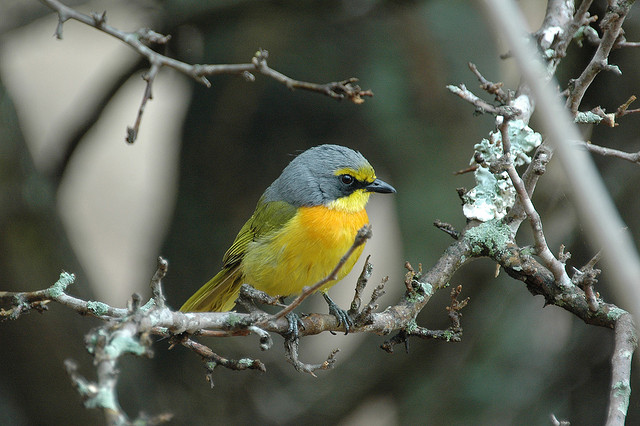 © Grumpy
© Grumpy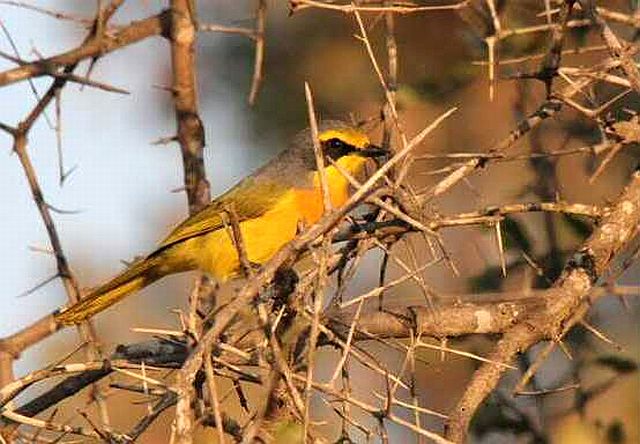 © pooky
© pooky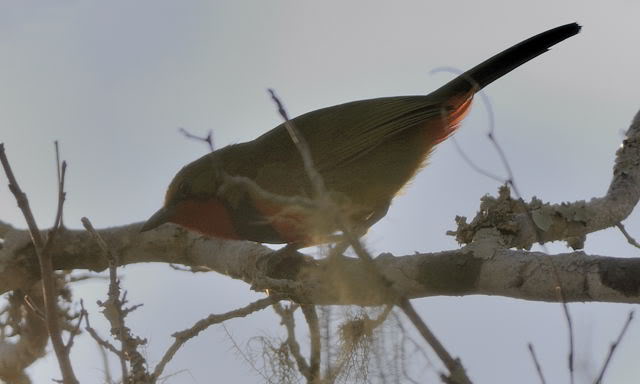
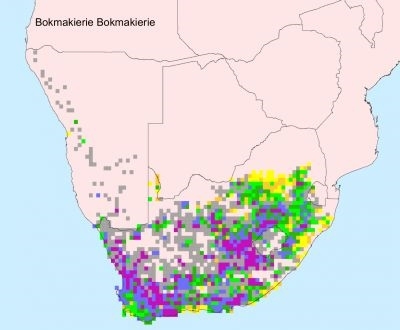
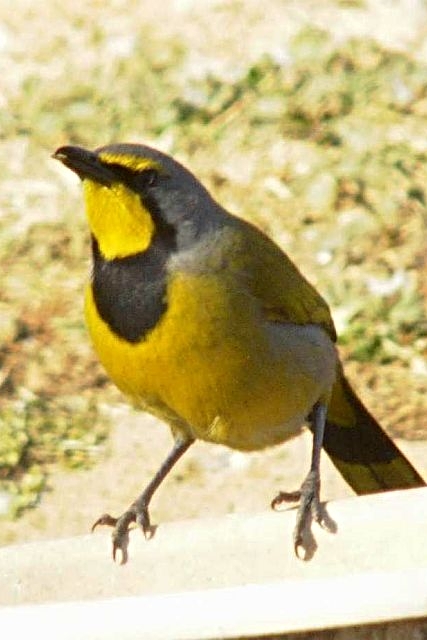 © H. erectus
© H. erectus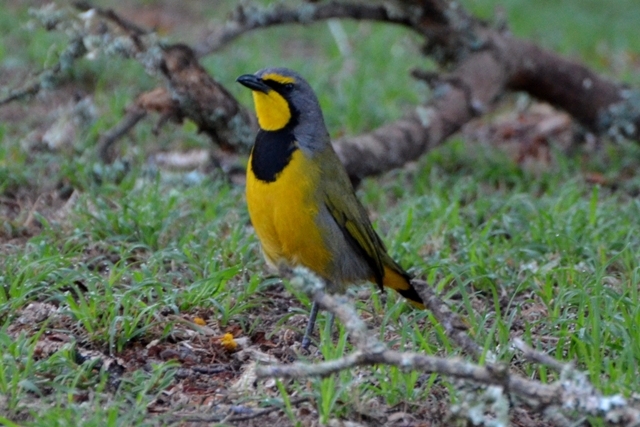 © Mel
© Mel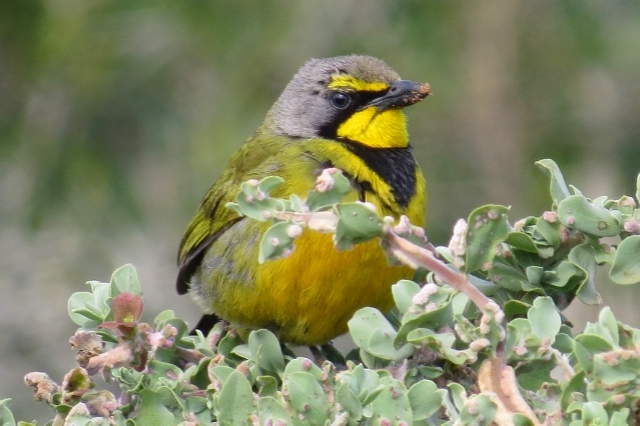 © Tina
© Tina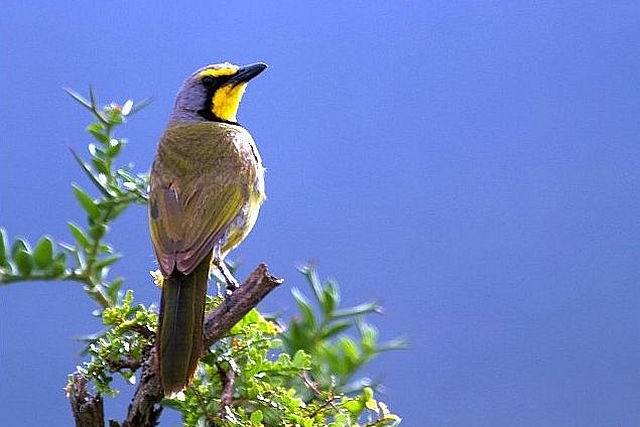 © Sharifa
© Sharifa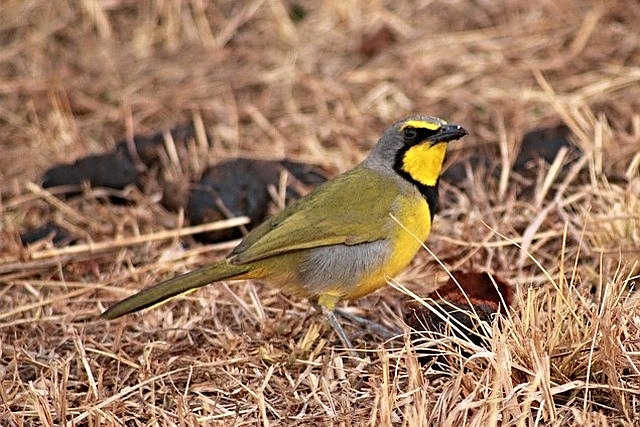 © Amoli
© Amoli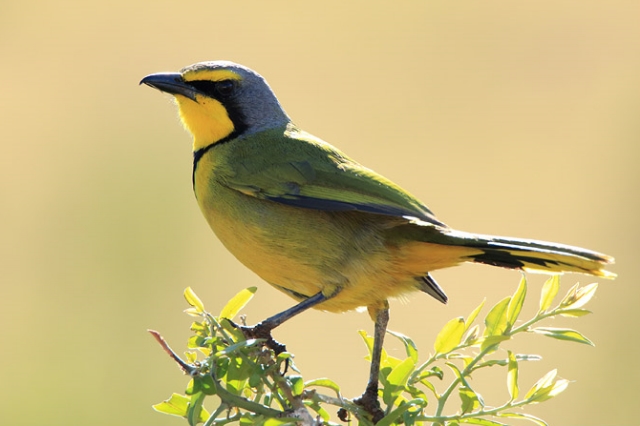 © PJL
© PJL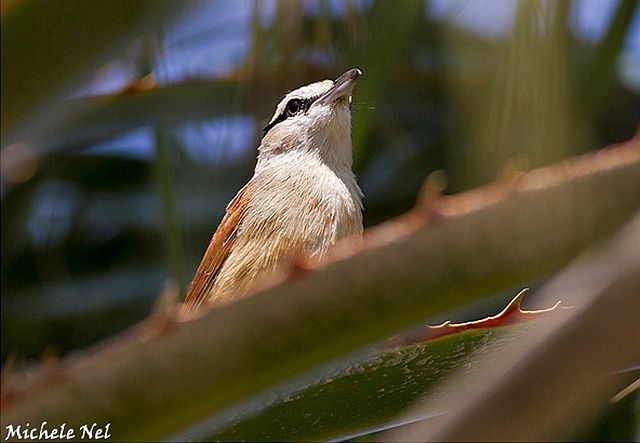
 © nan
© nan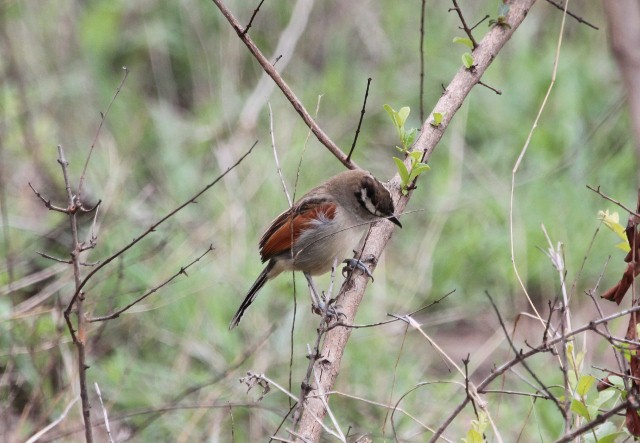 © nan
© nan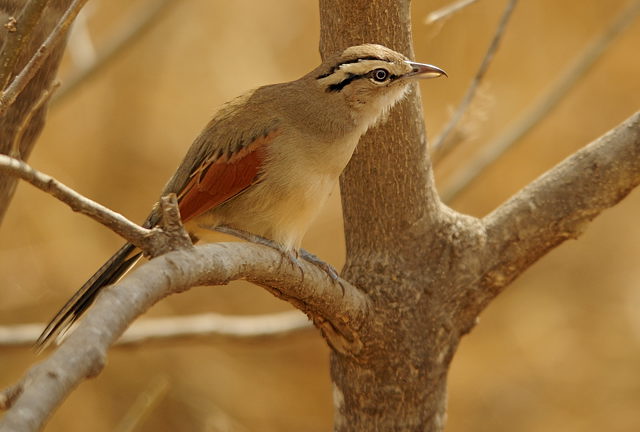 © Dewi
© Dewi © Amoli
© Amoli
